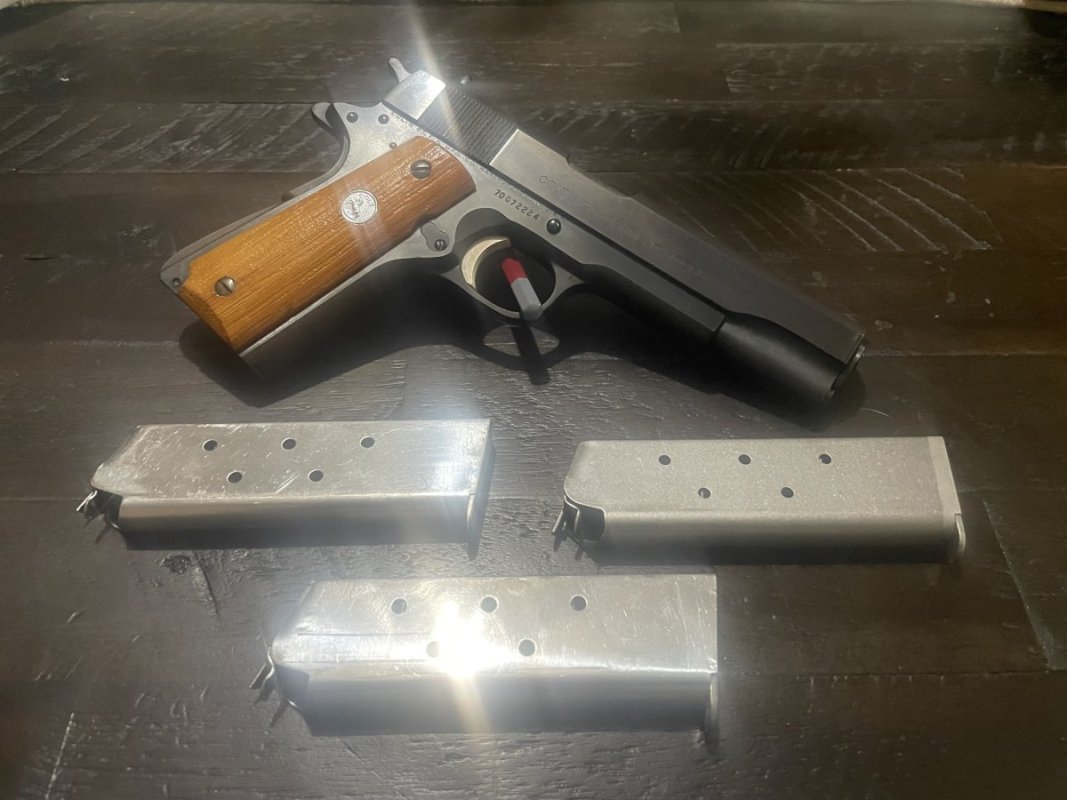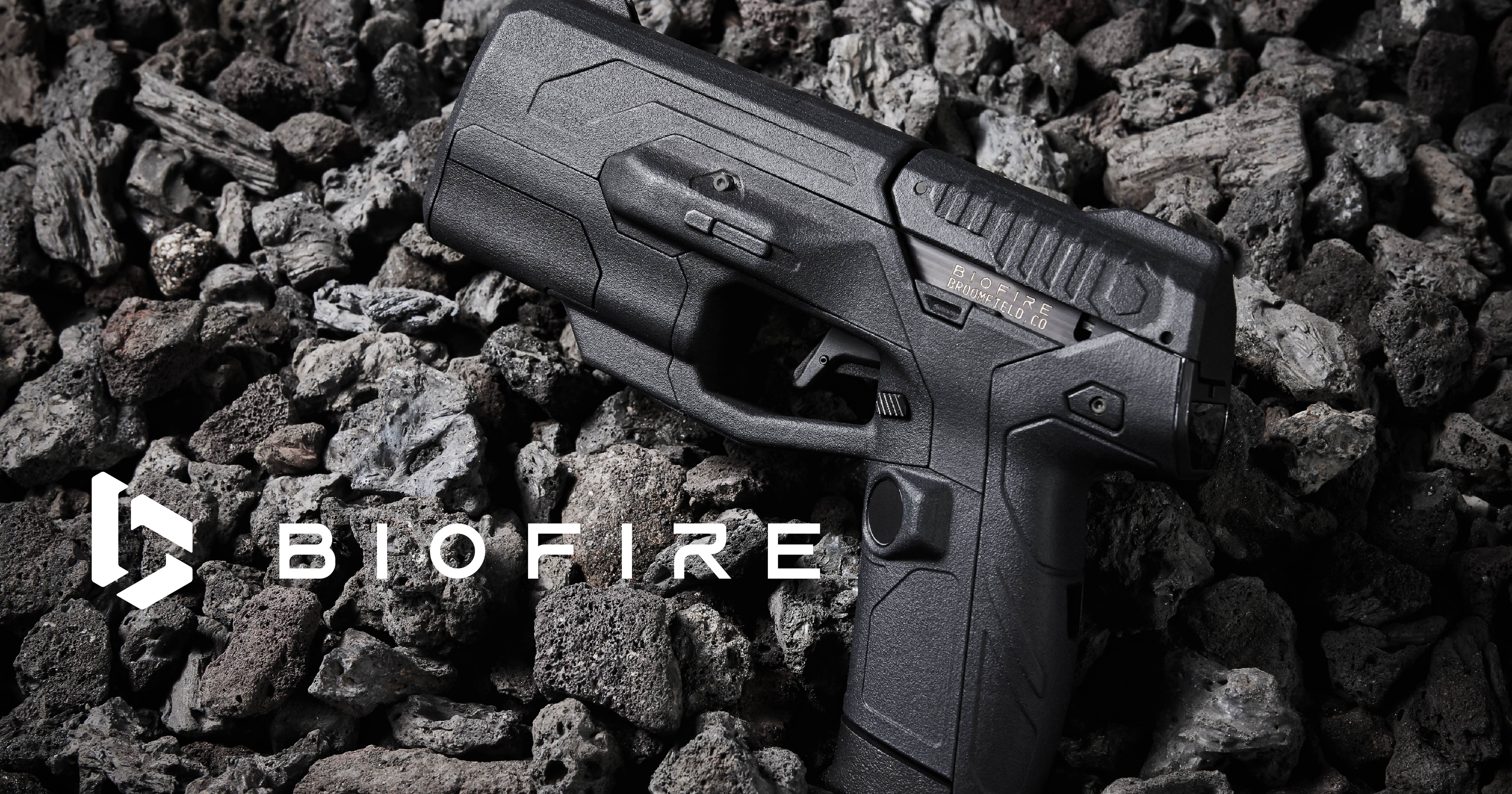Navigation
Install the app
How to install the app on iOS
Follow along with the video below to see how to install our site as a web app on your home screen.
Note: This feature may not be available in some browsers.
More options
-
ODT Gun Show & Swap Meet - May 4, 2024! - Click here for info
You are using an out of date browser. It may not display this or other websites correctly.
You should upgrade or use an alternative browser.
You should upgrade or use an alternative browser.
*POLL* The Poverty Pony vs. The Colt Cult: Is it REALLY worth the extra cash?
- Thread starter BangBang
- Start date
I think a polymer lower would be fine for a dedicated .22 build since the weakest area is probably the buffer tube threads and an AR22 bolt doesn’t even use a buffer.Define “polymer will work for an AR lower”. As a low round count range toy they seem to work, but that’s about it.
Again, 6061 will work for a low round count range toy. 7075 has a 70% increase in tensile strength over 6061. 6061 is softer and machines easier, so you’ll oftentimes see it used in billet receivers, although many billet receivers use 7075.
That being said though, with the abundance of low cost aluminum lowers available right now I wouldn’t even use polymer on a .22 build.
I’m surprised by the 70% difference you gave between 7075 and 6061 though.
I’ll have to verify that number with Greg because I could’ve sworn that he had told me in the past that there wasn’t that much difference between the two.
I have a upper on my 10.5” sbr with their barrel as well. It’ll be worth a whole lot soon lol.I've always wanted a Northtech Defense billet set and now they're discontinuing them to make barrels!!!
I think a polymer lower would be fine for a dedicated .22 build since the weakest area is probably the buffer tube threads and an AR22 bolt doesn’t even use a buffer.
That being said though, with the abundance of low cost aluminum lowers available right now I wouldn’t even use polymer on a .22 build.
I’m surprised by the 70% difference you gave between 7075 and 6061 though.
I’ll have to verify that number with Greg because I could’ve sworn that he had told me in the past that there wasn’t that much different between the two.
That 70% ain’t a number that I made up off the top of my head. It’s a fact and it’s known in the industry. I used to do quite a bit of work in a buddy’s shop who is a Master Machinist, as well as a tool and die maker. Big difference between working the two. If you hacksawed a 7075 receiver in half, and did the same with a 6061, you could tell the difference without someone telling you which was which.
6061 is cheaper to produce. Also, it’s is softer and easier to machine, so you can knock them out quicker and cutters wear out less. Cutters wearing out less means you use less of them and have less down time replacing them. So, a manufacturer can produce a much cheaper receiver because they save money several different ways. Problem is, manufacturers that use 6061 are using it BECAUSE it’s cheaper, and they tend to cut corners in other ways as well. This can include looser tolerances, batch testing for QC, less durable/expensive finish, etc. it’s not usually just a difference in the aluminum used from one to another, it usually ends up being much worse.
There are companies that use 7075 that also cut corners and turn out a shoddy product.
I think a polymer lower would be fine for a dedicated .22 build since the weakest area is probably the buffer tube threads and an AR22 bolt doesn’t even use a buffer.
That being said though, with the abundance of low cost aluminum lowers available right now I wouldn’t even use polymer on a .22 build.
I’m surprised by the 70% difference you gave between 7075 and 6061 though.
I’ll have to verify that number with Greg because I could’ve sworn that he had told me in the past that there wasn’t that much different between the two.
General Mechanical Properties of 6061 Aluminum (T651 Bare)
Tensile Strength – 45,000 psi
Yield Point – 40,000 psi
Brinell Hardness – 95
Elongation at Break – 12%
Shear Strength – 31,000 psi
Thermal Conductivity – 170 W/m-K
Strength to Weight Ratio: 115 kN-m/kg
General Mechanical Properties of 7075 Aluminum (T651)
Tensile Strength – 83,000 psi
Yield Point – 74,000 psi
Brinell Hardness – 150
Elongation at Break – 10%
Shear Strength – 48,000 psi
Thermal Conductivity – 130 W/m-K
Strength to Weight Ratio: 196 kN-m/kg
Yeah! So there!!! Take that!!! 



It’s a lower . Let’s have a show of hands ?
How many have had a lower completely fail ?
Anybody ? Mag fell out and the stuff just gave out
How many have had a lower completely fail ?
Anybody ? Mag fell out and the stuff just gave out
It’s a lower . Let’s have a show of hands ?
How many have had a lower completely fail ?
Anybody ? Mag fell out and the stuff just gave out
Only issue I've had was the magwell angle was slightly off, so the only mags that would engage the bolt catch was USGI mags, and JUUUUUST BARELY. Polymer mags like Magpul wouldn't engage...
Similar threads
- Replies
- 17
- Views
- 386






